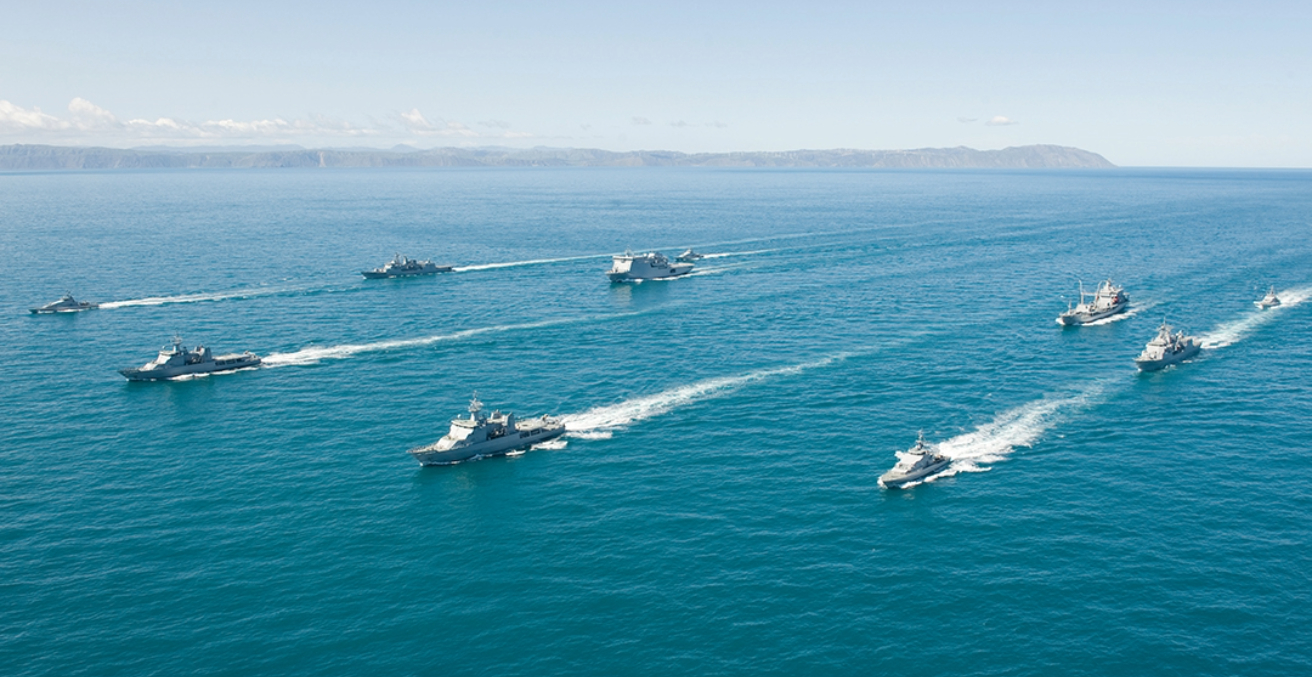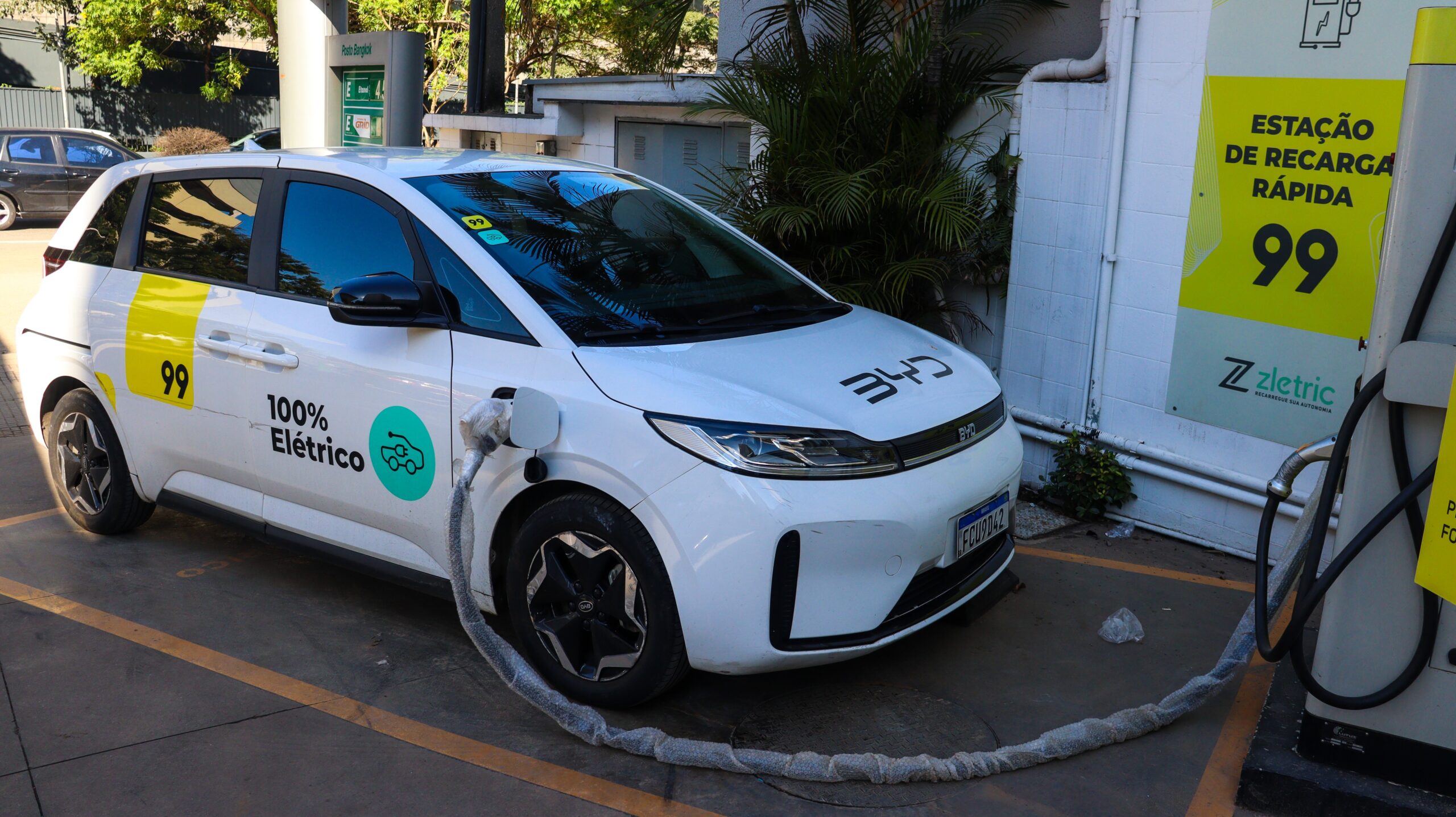Despite strategic shifts under South Korea’s new administration, maritime cooperation with Australia in Southeast Asia remains promising. By combining Australia’s expertise in maritime training and domain awareness with Seoul’s strength in delivering material assets, the two countries can pursue complementary and politically viable capacity-building initiatives in the region.
In July 2023, Australia and the Philippines co-led the 23rd iteration of Exercise Lumbas. The exercise focused on maritime capacity building, including enhancing interoperability and people-to-people ties. On the Philippine side, BRP Conrado Yap, a vessel donated by South Korea, joined the exercise, exemplifying how Canberra and Seoul are both investing in maritime capacity building in Southeast Asia from different angles.
Australia and the Republic of Korea (ROK) have substantial potential for maritime capacity building cooperation in Southeast Asia. Notably, the two countries share similar strategic interests in the region and possess complementary capabilities that can help bridge each other’s gaps. In particular, South Korea specialises in providing material assets such as coastguard and naval vessels, while Australia has expertise in enhancing regional maritime capacity through various initiatives, including training in maritime law enforcement and maritime domain awareness (MDA) development. This suggests that both countries have mutual interests in advancing maritime capacity-building efforts in Southeast Asia, with each offering unique strengths to compensate for the other’s limitations. The case of Exercise Lumbas is a clear example of this. However, the inauguration of South Korea’s new administration in June 2025 signals potential shifts in the ROK’s approach to Southeast Asia. This indicates that Australia will need to understand and adapt to these evolving strategic directions in order to foster continued cooperation amid increased challenges to the maritime sector in Southeast Asia.
The ROK’s new administration has not announced a national strategy as its predecessor did. However, based on the election promises made by President Lee Jae Myung, he is unlikely to continue his predecessor’s Indo-Pacific Strategy, which emphasised the importance of addressing challenges to the rules-based international order, including disputes in the South China Sea. This does not mean, however, that Seoul will entirely halt its engagement with Southeast Asia and this intention is hinted at in Lee’s election pledges. According to them, the Lee administration will inherit the New Southern Policy of the Moon Jae-in administration, which governed South Korea from 2017 to 2022. In particular, the New Southern Policy emphasised elevating South Korea’s interactions with the Association of Southeast Asian Nations (ASEAN) to the same level as its engagements with the United States, China, Japan, and Russia—the so-called “Major Four” countries near the Korean Peninsula. This suggests that the Lee administration remains interested in further engagement with Southeast Asian countries, and maritime capacity building may be one of the avenues Seoul continues to pursue.
Nonetheless, the new South Korean administration may signal a shift in the direction Seoul prefers to take in its maritime cooperation with ASEAN. Another key policy priority emphasised during Lee’s foreign policy campaign was the intention to inherit the “New Northern Policy” of the Moon administration, which implies closer economic cooperation with China, including potential participation in the Belt and Road Initiative. This suggests that the new government’s maritime cooperation approach to Southeast Asia may differ from that of the Yoon administration. In particular, Seoul is likely to avoid actions that could provoke disputes with China. For example, it may refrain from delivering retired ROK naval vessels to countries involved in territorial disputes with China, such as the Philippines. Notably, in 2014, China lodged diplomatic complaints with the ROK over its transfer of decommissioned vessels to the Philippines, viewing the move as a contribution to Manila’s maritime capabilities. This precedent suggests that the Lee administration may adopt a more cautious approach to maritime capacity building in the region.
Therefore, maritime cooperation between Canberra and Seoul in Southeast Asia should be understood within the context of the ROK’s shifting strategic direction. This suggests that maritime capacity building has become an even more important avenue for cooperation between Australia and South Korea. In particular, given that Seoul is likely to be hesitant to join emerging minilateral blocs such as the “Squad”—comprising Australia, Japan, the Philippines, and the United States—that explicitly counter Beijing in maritime affairs, bilateral cooperation can be more effectively pursued through maritime capacity building initiatives that do not directly target China under the Lee administration.
Given that Australia has more experience in maritime capacity-building cooperation with Southeast Asia, particularly in law enforcement training and MDA development, Canberra could share its know-how with Seoul. While South Korea has experience in delivering material capabilities, its initiatives in providing law enforcement support and strengthening MDA remain limited. Nonetheless, South Korea’s ability to supply material assets is a crucial component of maritime capacity building in the region. Law enforcement efforts require adequate equipment for effective practice, and MDA can be enhanced through the deployment of newly delivered assets. Notably, since the delivery of material assets is an area where Australia cannot contribute at the same level as South Korea, Canberra should seek to maximise the utility of ROK-delivered assets by using them to further law enforcement training and MDA enhancement. South Korea already has experience in delivering a number of retired coastguard and naval vessels to Southeast Asian countries, including major Australian partners such as Vietnam and the Philippines. This suggests that joint maritime capacity building initiatives centred on law enforcement training and MDA development could be a productive area of cooperation between Australia and South Korea, and one that is likely to remain viable under the Lee administration.
Dongkeun Lee is a Policy Fellow at the Asia-Pacific Leadership Network and has recently submitted his PhD thesis at the Australian National University. His primary research focus is maritime security in the Indo-Pacific, with broader interests in international security of the region. He is also currently serving as a Non-Resident James A. Kelly Fellow at the Pacific Forum.
This article is part of the “Blue Security” project led by La Trobe Asia, University of Western Australia Defence and Security Institute, United States Studies Centre, UNSW Canberra and the Asia-Pacific Development, Diplomacy and Defence Dialogue (AP4D). Views expressed are solely of its authors.
This article is published under a Creative Commons License and may be republished with attribution.





